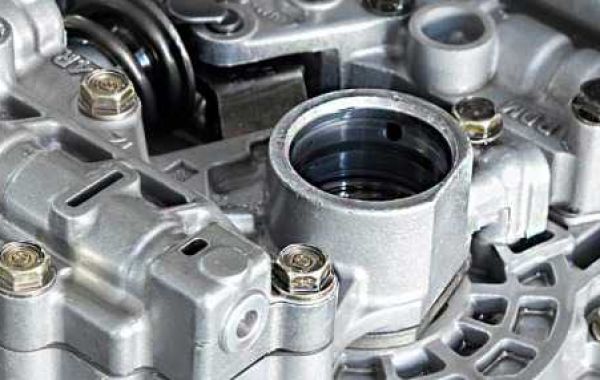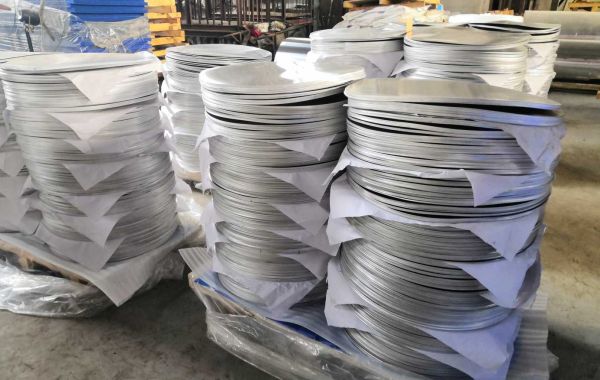The surface finish achieved by CNC milling aluminum is extremely versatile, ranging from rough and textured to smooth and mirror-polished, depending on a variety of factors. Here's a breakdown of the various finishes and how they are achieved:
Roughing Finishes
- As-machined:This is the basic finish following the initial machining process, with visible tool marks and uneven surfaces. It is appropriate for parts that do not require aesthetic appeal or precise tolerances.
- Bead blasting: This method employs tiny glass beads to produce a matte, textured finish with increased surface adhesion. It's commonly used to hide minor flaws and improve grip.
Intermediate Finishes
- Milling with finer tools: Using smaller and sharper tools can produce a smoother finish with less visible tool marks. This is suitable for parts with moderate aesthetic requirements.
- Sanding and brushing:Manual or automated sanding and brushing further refine the surface, removing tool marks and achieving a uniform texture.
Fine Finishes
- Polishing:This method employs increasingly finer abrasive compounds to produce a highly reflective, mirror-like finish. It's ideal for parts that require a polished finish or tight tolerances.
- Anodizing: This electrochemical process creates a thin oxide layer on the aluminum surface, enhancing its corrosion resistance and offering various color options. It can be combined with polishing for a high-end finish.
Factors Influencing Surface Finish
- Machine capabilities:Higher-precision machines can achieve finer finishes with less tool chatter.
- Tooling selection:Selecting the appropriate tool for the desired finish is critical. Ball nose end mills provide smoother finishes than flat-bottomed end mills.
- Cutting parameters: Speed, feed rate, and depth of cut significantly impact surface quality. Slower speeds and shallower cuts generally produce smoother finishes.
- Material properties:Softer aluminum alloys, such as 6061, are easier to polish than harder alloys, like 7075.
- Post-processing:Additional steps like sanding, polishing, and anodizing can significantly refine the surface finish.
Consider these factors when selecting a surface finish
- Functionality:Does the part require a smooth finish for aesthetic appeal or wear resistance?
- Tolerances:Does the finish need to be highly precise for functional reasons?
- Cost: Smoother finishes require additional time and resources, increasing production costs.
- Aesthetic appeal: What level of visual appeal is desired for the final product?
Open communication with your chosen CNC machining partner is critical to achieving the desired surface finish. They can recommend suitable options based on your project's specifications and budget. If you want to know more about CNC milling aluminum, such as alloy and tooling selection. It is also welcome to consult with a qualified CNC machining expert who will help you ensure that your aluminum parts meet the tolerances required for optimal performance and functionality.








